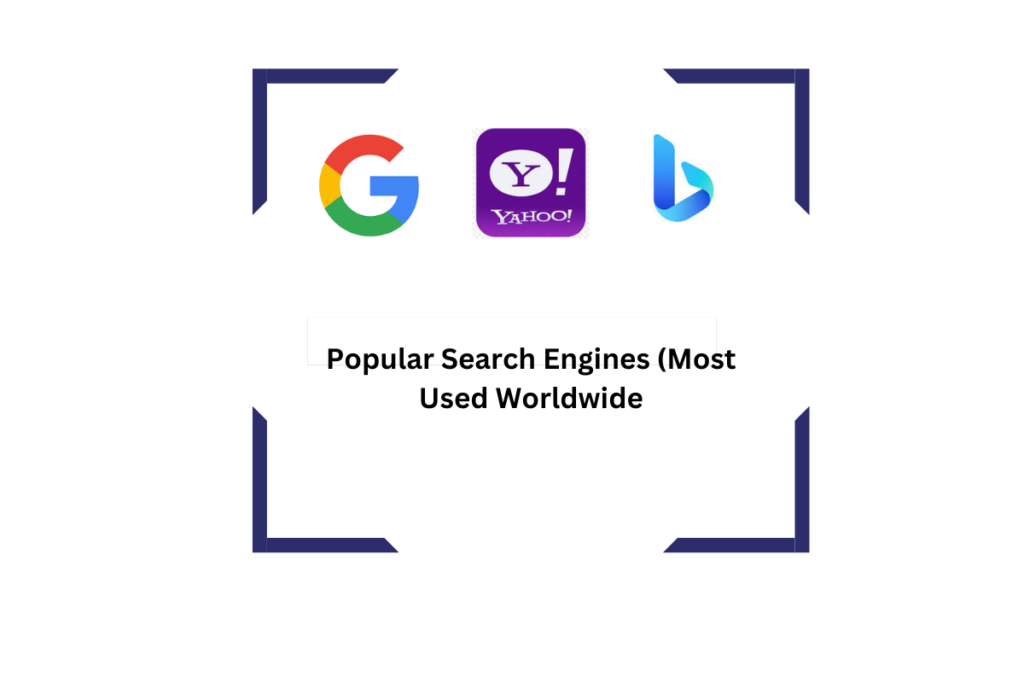Best Practice 1: Monitor Google Updates
Why it matters: Google updates its algorithm frequently, which directly impacts rankings.
How to do it:
Follow the Google Search Central blog — there’s an official announcement of every update.
Read SEO blogs and communities (like Search Engine Journal, Moz, or Ahrefs) regularly.
Monitor your website’s performance with rank tracking tools (like Semrush, Ahrefs, or Google Search Console).
Pro Tip: Keep your team, clients, and bosses informed about the effects of updates.
Best Practice 2: Audit the website regularly
Why it is important: Over time, technical errors, content issues, and backlink problems can crop up, which can cause rankings to drop.
How to do it:
Technical SEO Audit: Check website speed, mobile-friendliness, broken links, etc.
On-Page SEO Audit: Check title tags, meta descriptions, content quality, keywords, and internal linking.
Off-Page SEO Audit: Check the quality of backlinks and spammy links.
Pro Tip: Keep a record of your audit, list problems, note what you fix, and set a timeline for the next audit (e.g. every 3 months).
Best Practice 3: Put the user first
Why it is important: Google places a lot of importance on user experience. If users do not spend time on the website or bounce back quickly, the ranking can fall.
How to do it:
Create readable and engaging content — with easy language and clear headings.
Improve page speed and ensure a mobile-friendly website.
Ensure trust signals like reviews, testimonials and a secure (HTTPS) website.
Pro Tip: Understand the user’s needs first — SEO signals will improve automatically.
Best Practice 4: Always keep testing
Why is it important: Every website has a different audience. There is no guarantee that what works for others will work for you too.
How to do it:
Do A/B split testing — try different versions to see which one engages more.
Use heatmaps tools (like Hotjar or Crazy Egg) to see which parts users are clicking on.
Analyze the impact of changes with SEO testing tools (like SEOTesting.com).
Pro tip: Keep a testing journal — record what worked and what didn’t, so you can make smarter decisions next time.
Best Practice 5: Be part of the SEO community
Why it matters: SEO is constantly changing. Staying connected to the community helps you learn new trends, hacks, and strategies.
How to do it:
Follow top SEO experts on Twitter, LinkedIn, and YouTube.
Join SEO forums like Reddit’s r/SEO and SEO-related Facebook groups.
Share your experiments and learnings — the more you share, the more the community will help.
Pro Tip: Staying active in the SEO community also increases the chances of new ideas and collaborations.
Final Thought:
If you follow these 5 SEO Best Practices consistently, both your SEO game and website ranking will improve.
If you need details on a specific SEO tool or strategy, let me know — I’ll make a breakdown on that as well.





